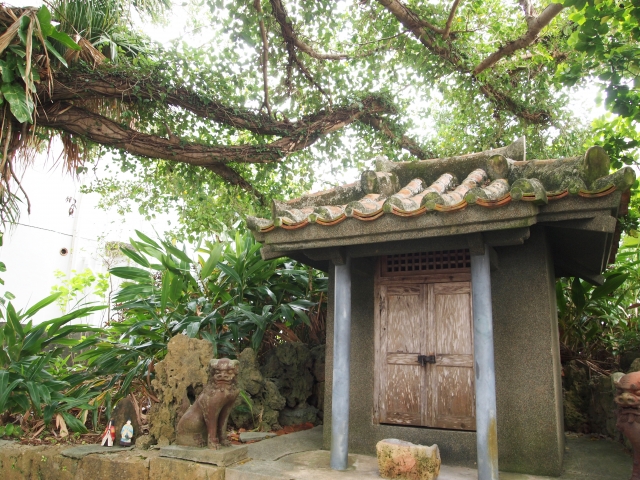About Naha City Tsuboya Pottery Museum
Pots and pans control naturally must come to this museum to stroll here introduced the history of Okinawa pot house burner, the firing process of utensils and cultural symbolism, with a passport can rent an English pad while watching and listening to the explanation
Take a bus and get off at the Tsuboya Yakiniku Museum at the Tsuboya bus stop, then walk over to it. Admission: 315 yen per ticket. Inside is mainly an exhibition of ceramics. It mainly exhibits precious Okinawan ceramic artworks that have been protected since the Ryukyu Dynasty era. There are also some small ceramic art stores near the museum, which have interesting things inside.

How to get there
When you come out of the ticket gate at Makushi Station, go down the steps at the west exit and you will arrive at Kokusai-dori (Kokusai Street), then turn left and go straight for 400 meters, and you will see Heiwa-dori (Peace Avenue) on your left, go in and go straight for 400 meters along the shopping street, see two paths and walk along the path on your left for about 200 meters, and you will see the museum on your left. It takes about 20 minutes on foot.
Fare
350 yen per person, free for college students and below
Tips
In fact, this museum is very small, a total of 2 floors of exhibition areas, back and forth except for themselves, did not see other visitors. In the quiet exhibition hall to see the exhibits, the sound of history in your ears, stamps, souvenirs. A trip down to more than 1 hour to finish the tour.
After looking at the exhibits on the 2nd floor, there is no need to rush out, and you may like to come out through the glass door leading to the terrace, a small temple dedicated to the gods, an open-air terrace that extends upward with a view of the distant landscape
When you travel to this nice museum, you will be in the middle of various small pottery studios and stores. The price to enter the museum is not too expensive, and most of the exhibits on display are explained in Japanese. There is a booklet in English and some of the historical areas are in English. It’s really a gorgeous and quaint place with a small coffee shop and traditional Okinawan cuisine. I had a 3 year old and a 5 year old boy with me and it was a little difficult to get them into these little stores full of ceramics (note to self) and they found the museum boring.
Not far from the entrance of Yatai, there is an inconspicuous gate that houses the best part of the history of pottery houses: the Pottery House Yaki Museum.
The Pottery House Museum is a municipal museum in Naha, with an exquisite three-story exhibition area that condenses the 300-year history of Pottery House and Okinawan pottery.
The video room on the first floor regularly shows information on the life of people living in the Pottery House area and pottery techniques. The permanent exhibition introduces the production process and techniques of the pottery in detail. The lions made by celebrities with different personalities were also very interesting.
However, after being told more clearly how to get to the monorail station, I realized that this place should not be so difficult to find. On the way back to the monorail station, I saw a tourist information office and went in to ask how to find the garden. Anyway, this museum showed us the history of ceramics in Okinawa. There was also a movie about the history of ceramics, and I watched the movie, and even though it was in Japanese, I was able to sit and watch it for a while. I didn’t get an audio guide, but the museum itself provided a lot of information. There was even an exact replica of an Okinawan house and a demonstration of how ceramics were used to make various different kitchen utensils. If you’re interested in history, it’s well worth a visit.
Website
http://www.edu.city.naha.okinawa.jp/tsuboya/